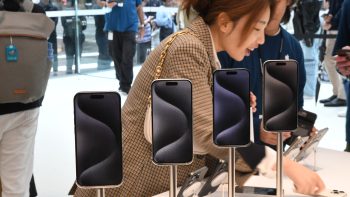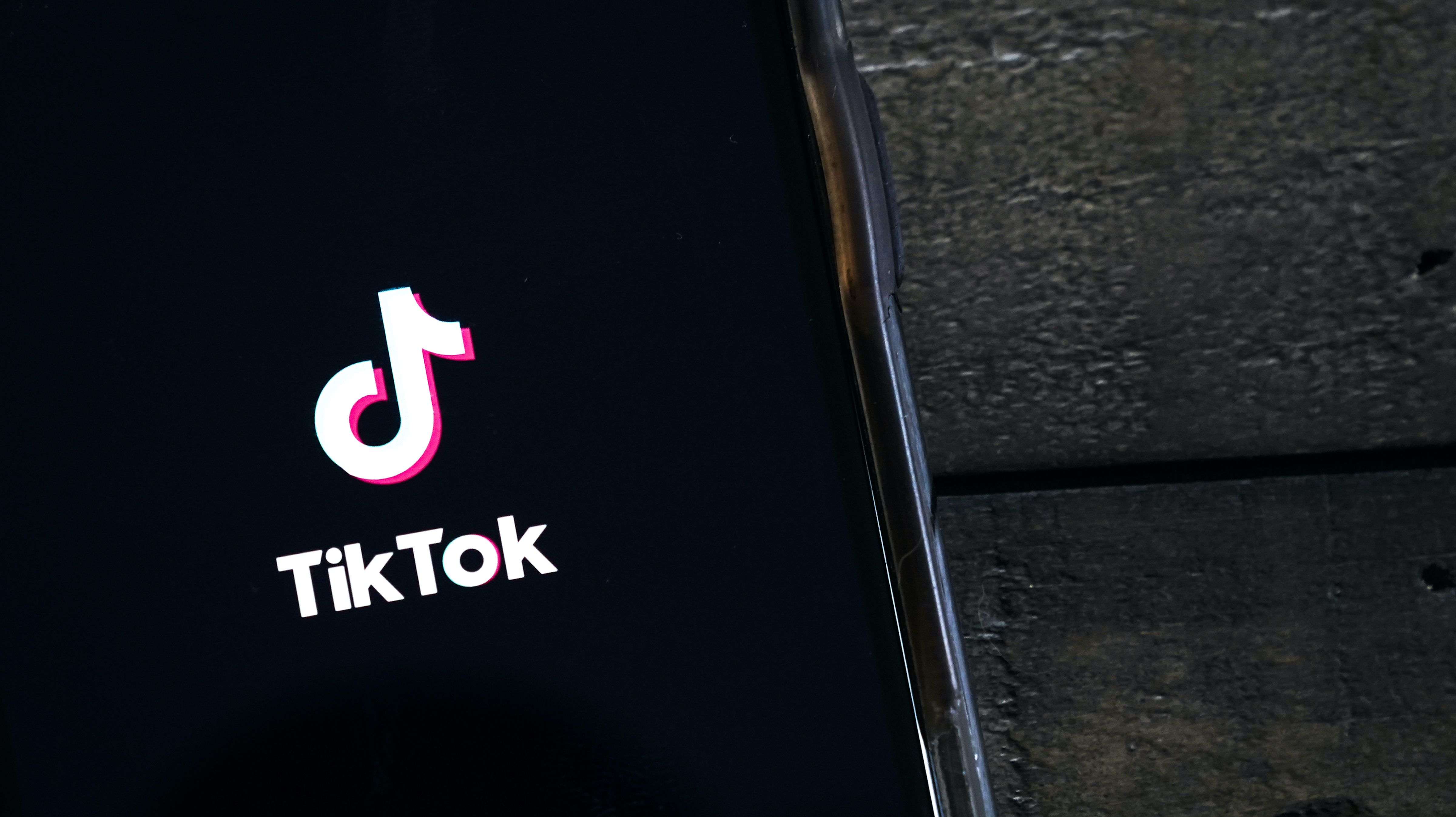WHO says cell phones are ‘possibly carcinogenic’
UPDATED INTERVIEW
BOB MOON: The World Health Organization is dialing up the worry over whether cell phones can be harmful to your health. The global health group hadD said there was no connection between those wireless gadgets and cancer. Now researchers say there may be a link — albeit a weak one.
So what’s changed? Joining me through the miracle of cellular technology is Gregory Warner from our Health Desk at WHYY in Philadelphia. Good morning.
GREGORY WARNER: Good morning Bob.
MOON: So, what exactly on your cell phone, is this link that they’re talking about?
WARNER: So the WHO has put cell phones in its “possibly carcinogenic” category. That means it’s up there with lead and chloroform, but also in that category is coffee and electricity, so it’s a fairly broad category. Still this is the first time that a team of world experts have made that official link between, well, me talking on my cell phone and me having an increased risk of brain cancer.
MOON: OK point made Gregory. Tell you what, let’s give you a break here. Let’s hang this up and get you back in the safe confines of your studio. OK?
WARNER: OK. Here I am back on the studio line.
MOON: So I take your point though. It’s kind of hard to imagine people giving up their cell phones when it’s ranked right up there with the risk of drinking coffee.
WARNER: I agree. The thing to watch though is the parents. Because after this finding, the WHO is going to have to, or will likely, revise its guidelines on the use of mobile phones. And those guidelines will probably include warnings on use by children and teenagers because they have an increased risk. Their skulls are thinner, their brain cells divide more quickly, and children are the fastest growing market for cell phones in the U.S. So, will those health warnings affect the market?
Ramon Llamas is a mobile phone analysts for IDC. I called him this morning. He said teens are actually using cell phones in different ways.
RAMON LLAMAS: The usage model out there is text, is IM, so you know, having these things so close to your head any more — it’s not so common as it used to be.
Of course I should say that Lamas was saying this it me from a cell phone pressed up to his ear. So we’re all throwing caution to the wind apparently.
MOON: OK Gregory Warner thanks.
WARNER: Thank you Bob.
ORIGINAL INTERVIEW
BOB MOON: The World Health Organization is dialing up the worry over whether cell phones can be harmful to your health. The global health group had said there was no connection between those wireless gadgets and cancer. Now researchers say there may be a link — albeit a weak one.
So what’s changed? Joining me live: Gregory Warner from our Health Desk at WHYY in Philadelphia. Good morning.
GREGORY WARNER: Good morning.
MOON: So what exactly is this link?
WARNER:Well, the WHO is putting cell phones in its “possibly carcinogenic” category. And that’s up there with lead and chloroform, but also in that category is coffee and electricity, so it’s a broad category. Still this is the first time that a team of world experts has made an official link between cell phone radiation and brain cancer.
MOON: You know, somehow I just can’t see people giving up their cell phones now that it’s ranked as dangerous as coffee?
WARNER:No, no. Probably not. The key people to watch though are parents. Becaus now the WHO is going to revise its guidelines on the use of mobile phones. Those guidelines will probably include some warnings on use by children and teenagers who are at increased risk because their skulls are thinner and their brain cells divide more quickly. And children are the fastest growing market for cell phones in the U.S. So, will health warnings affect that market?
Ramon Llamas — I called him. He’s a mobile phone analyst for IDC. He says industry may counter that, well, you know teens use their cell phones in very different ways.
RAMON LLAMAS: The usage model out there is text, is IM — so having these things so close to your head anymore? It’s not so common as it used to be.
Of course Llamas was saying this to me from a cell phone, pressed up to his ear — so, you know, clearly throwing caution to the wind.
MOON: Gregory Warner, thanks.
WARNER:Thank you Bob.
There’s a lot happening in the world. Through it all, Marketplace is here for you.
You rely on Marketplace to break down the world’s events and tell you how it affects you in a fact-based, approachable way. We rely on your financial support to keep making that possible.
Your donation today powers the independent journalism that you rely on. For just $5/month, you can help sustain Marketplace so we can keep reporting on the things that matter to you.


















